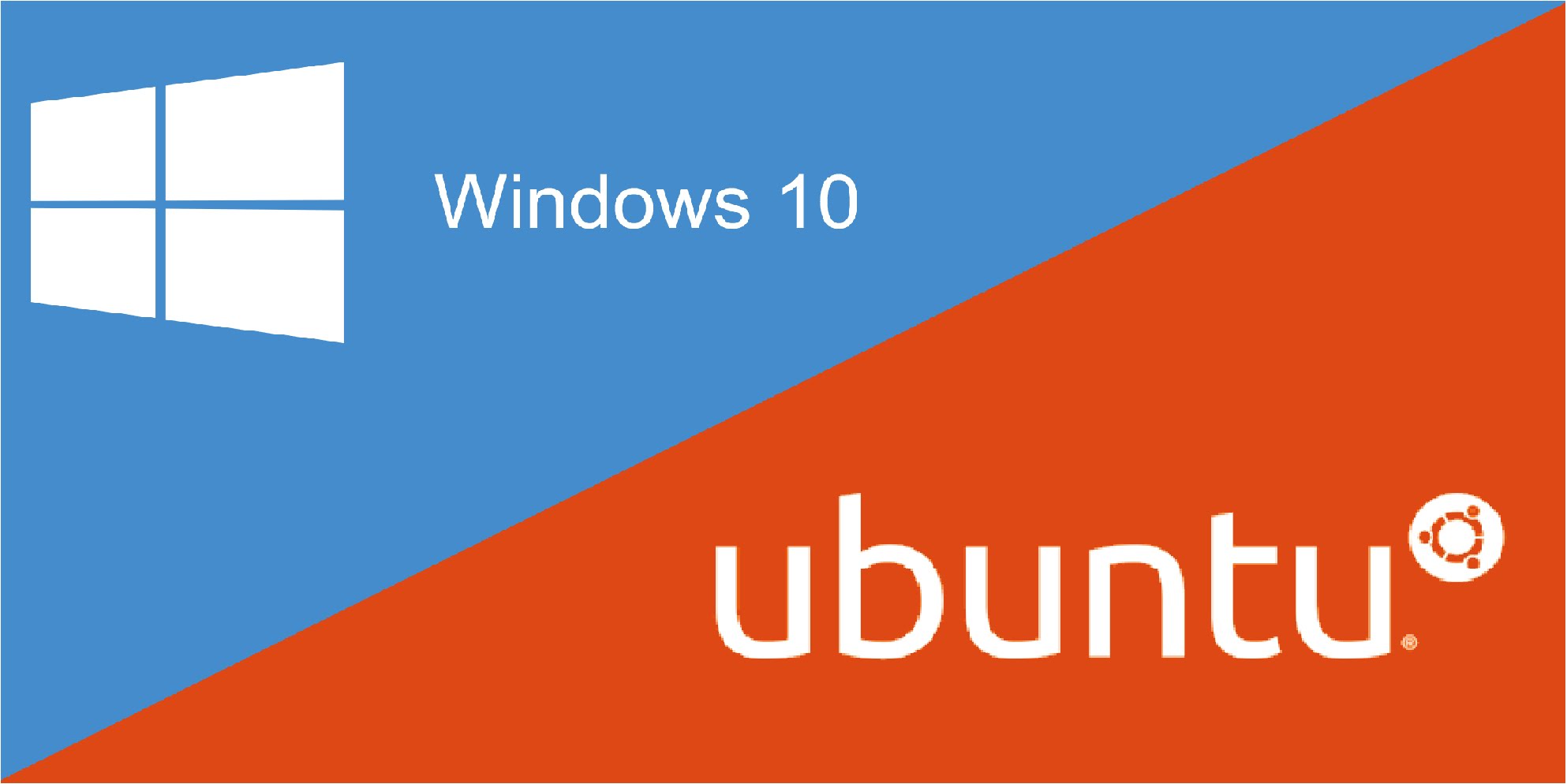At Microsoft Build this year, Microsoft annouced another bold move in embracing it s once enemy/competition Linux by announcing plans for a full Linux kernel to be rolled into Windows 10 later this year
Microsoft have been embracing Linux users for a several years now, with the Bash Shell incorporated into Windows 10 and the most recent public build, Linux instances were enabled to access Windows files directly.
That was only the beginning it seems
“Beginning with Windows Insiders builds this Summer, we will include an in-house custom-built Linux kernel to underpin the newest version of the Windows Subsystem for Linux (WSL),” Microsoft announced at Build.
“This marks the first time that the Linux kernel will be included as a component in Windows. This is an exciting day for all of us on the Linux team at Microsoft and we are thrilled to be able to tell you a little bit about it.”
“The kernel itself will initially be based on version 4.19, the latest long-term stable release of Linux. The kernel will be rebased at the designation of new long-term stable releases to ensure that the WSL kernel always has the latest Linux goodness.”
Microsoft has confirmed that there are a few patches that have been added to the kernel which are designed to reduce memory footprint and speed up launch times. This is a good example of Microsoft contributing heavily to a very open-source product rather than just consuming and adopting technology from others.
Canonical was the first to announce that they will be supporting the new kernel for Ubuntu. Stephan Fabel, Director of Product at Canonical, annouced that “Extending enterprise support for Ubuntu from Azure to Windows workstations and servers created a seamless operating environment for Ubuntu in the Microsoft environment,”.
“Our Collaboration with Microsoft enables us to certify Ubuntu on WSL, including Docker containers, Kubernetes, and snaps”.
Coming when?
The Linux kernel is set to roll out with the 19H2 update to Windows-as-a-Service, due in the autumn 2019.

